Mexico City’s food scene is lively and offering a variety of choices from road food to top notch food. What separates the convergence of creative gourmet specialists is rethinking customary Mexican food with new takes. The locale and distinctive food creation is likewise on the ascent, with an emphasis on obtaining ingredients locally and restoring customary techniques for making. This has prompted a plenty of feasting choices, taking special care of each and every taste and budget.
El Turix
El Turix is a champion restaurant known for its cochinita pibil — a dish produced using pork marinated in achiote and citrus, then, at that point, slow-cooked underground. The red shaded achiote seed gives the dish its lively tint, so be careful while eating to try not to stain your garments. Situated in Polanco, El Turix is ideally suited for a speedy lunch.
Contramar
Contramar, situated in the La Condesa area, is a famous spot among local people and vacationers the same. The eatery offers an extended lunch menu, with brandy and rosé flowing freely by 2 PM on Fridays. It’s an energetic airy atmosphere, ideal for starting off the end of the week.
Quintonil
Quintonil is another must-visit restaurant, known for its nine-course menu that exhibits native Mexican ingredients like corn, beans, and chiles. The restaurant likewise offers individually choices for the people who favor a more easygoing eating experience.
Pasillo de Humo
Pasillo de Humo, situated in the core of Condesa, is known for its little tidbits and conventional Oaxacan dishes. The eatery is found higher up in the Mercado Parian, a crowded food corridor.
La Docena
La Docena is a seafood centered café that offers various dishes, including raw clams, aguachiles, and octopus tostadas. The eatery likewise serves a liquid chocolate cake with banana and frozen yogurt, ideal for fulfilling your sweet tooth.
Taqueria Orinoco
Taqueria Orinoco is an easygoing spot known for its tacos and hot salsas. The restaurant offers a straightforward menu, with choices like al pastor, bistec, and chicharron.
Panaderia Rosetta
Panadería Rosetta is a famous pastry kitchen known for its European-style cakes. The bread shop offers different sweet treats, including guava and ricotta Danishes and sweet conchas.
Amaya
Amaya is a farm to-table eatery that spotlights on normal wines and hyper-local, occasional ingredients. The eatery offers a casual feasting experience with amazing turns in each dish.
Los Cocuyos
Los Cocuyos is a meat-centered restaurant that offers different tacos, including brisket and campechano. The eatery is known for its tasty meats and magnificent tortillas.
Expendio de Maiz sin Nombre
Expendio de Maiz sin Nombre is a provincial restaurant that offers an extraordinary eating experience. It has no conventional menu, with the culinary specialists making anything they desire in light of obscure local dishes.
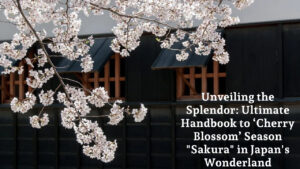
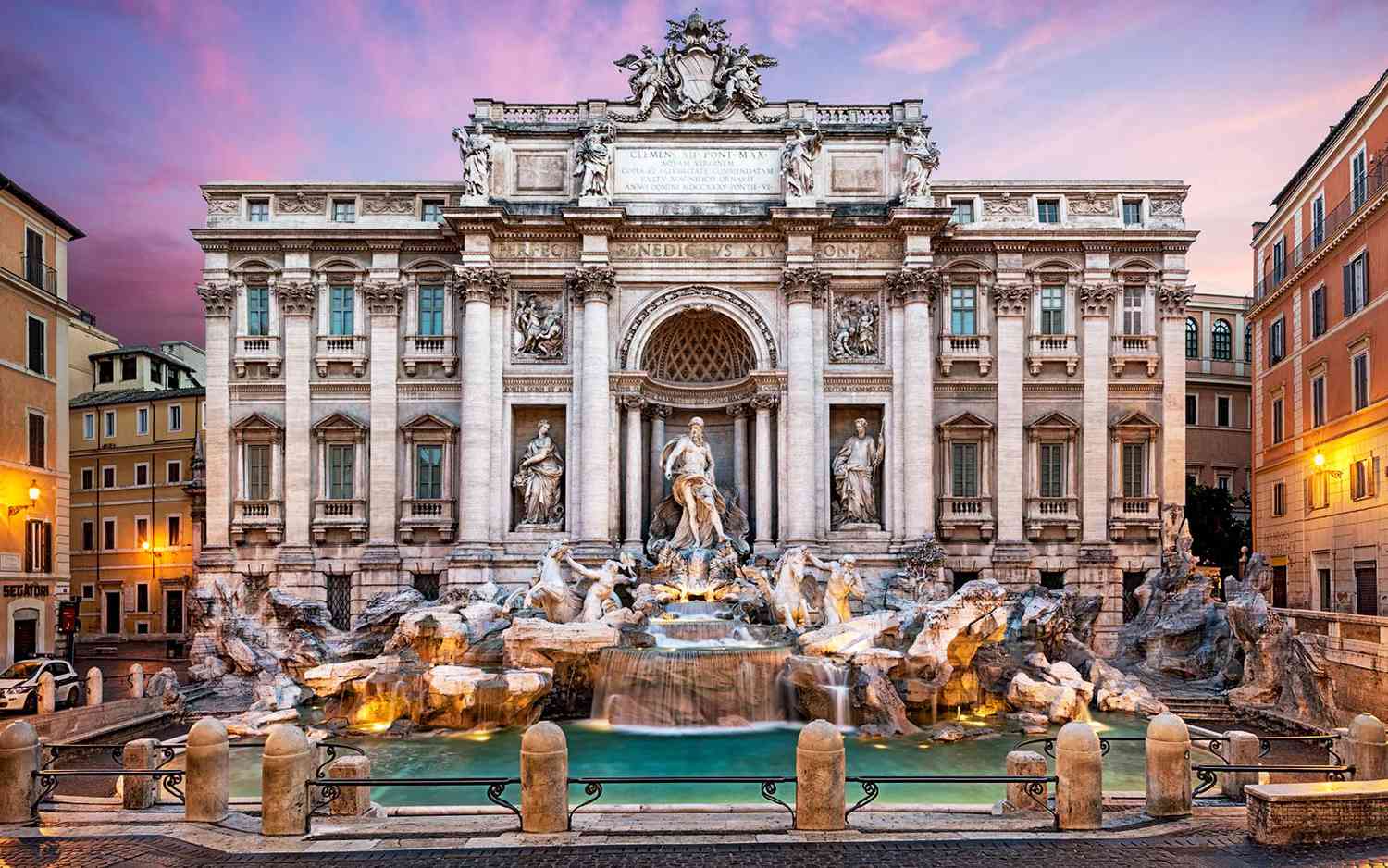 Rome
Rome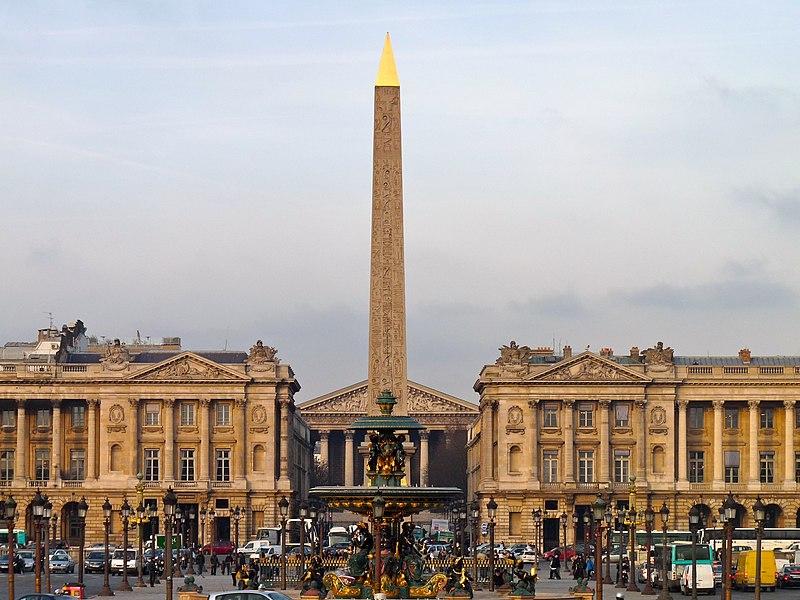 Peris
Peris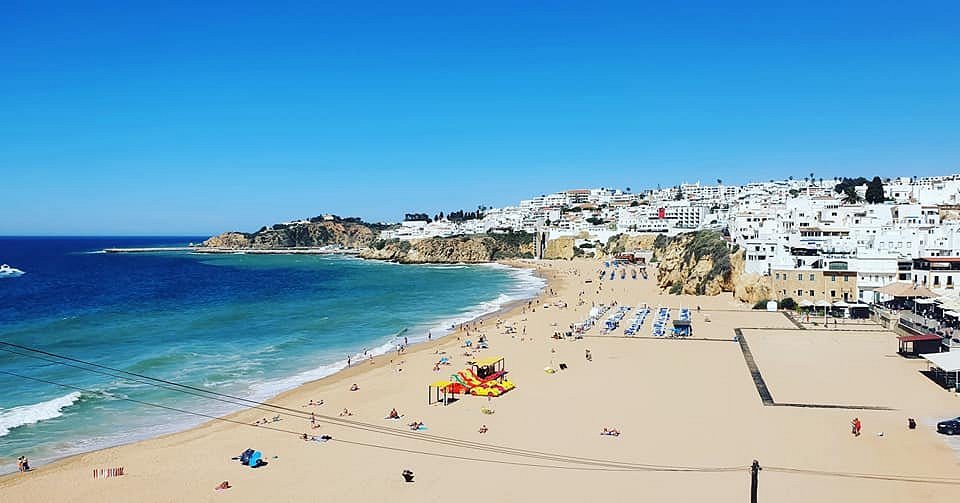 Tulum
Tulum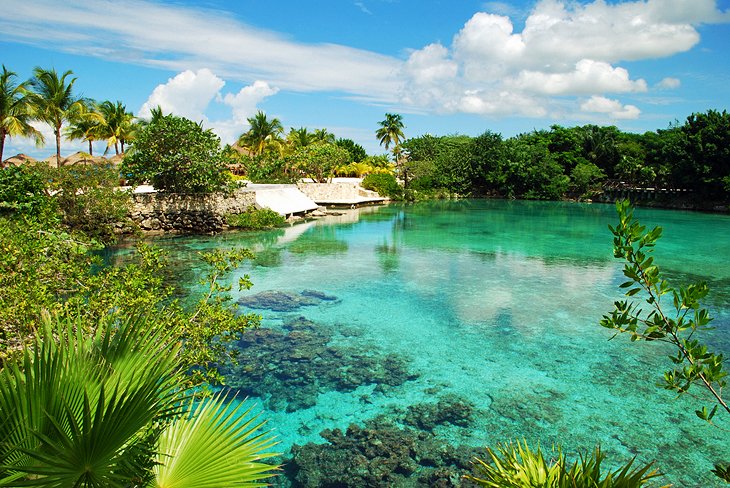 Cozumel
Cozumel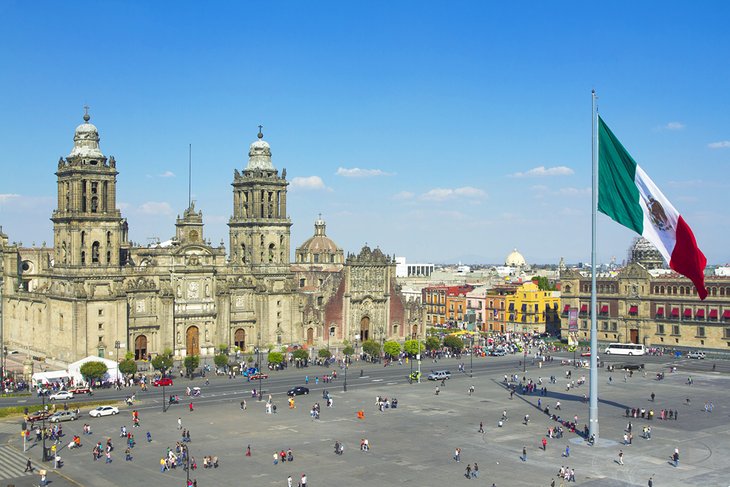 Mexico City
Mexico City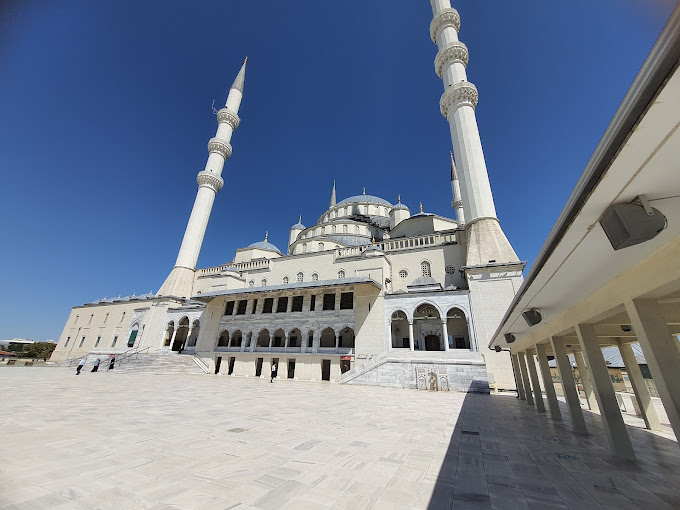 Ankara
Ankara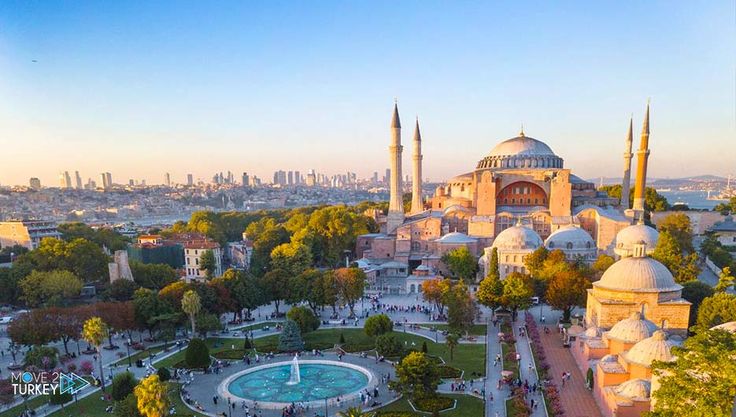 IstanBul
IstanBul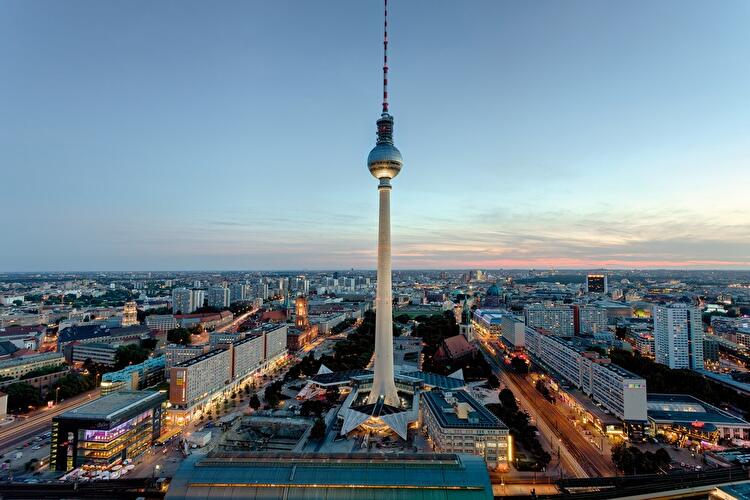 Berlin
Berlin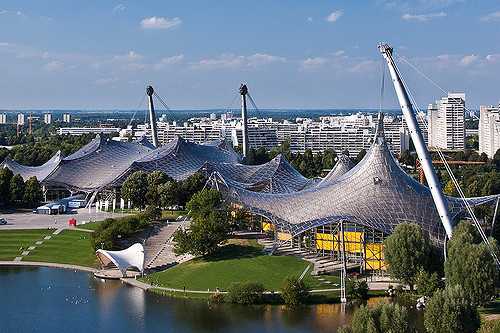 Munich
Munich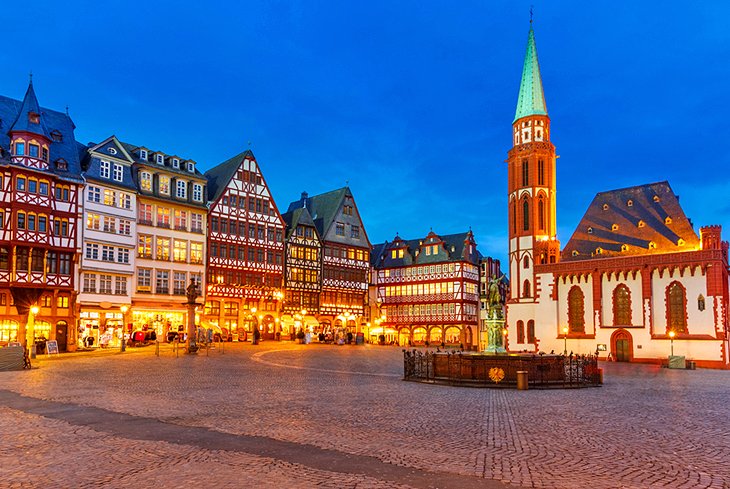 Frankfurt
Frankfurt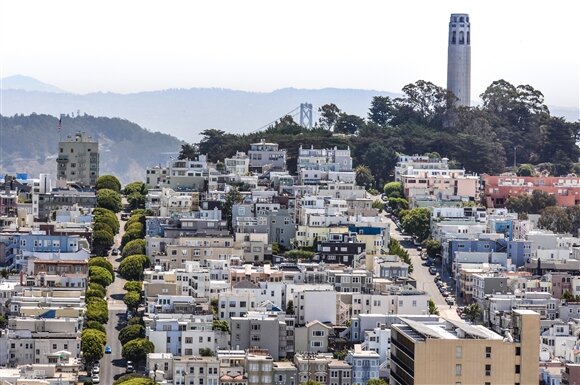 San Franscisco
San Franscisco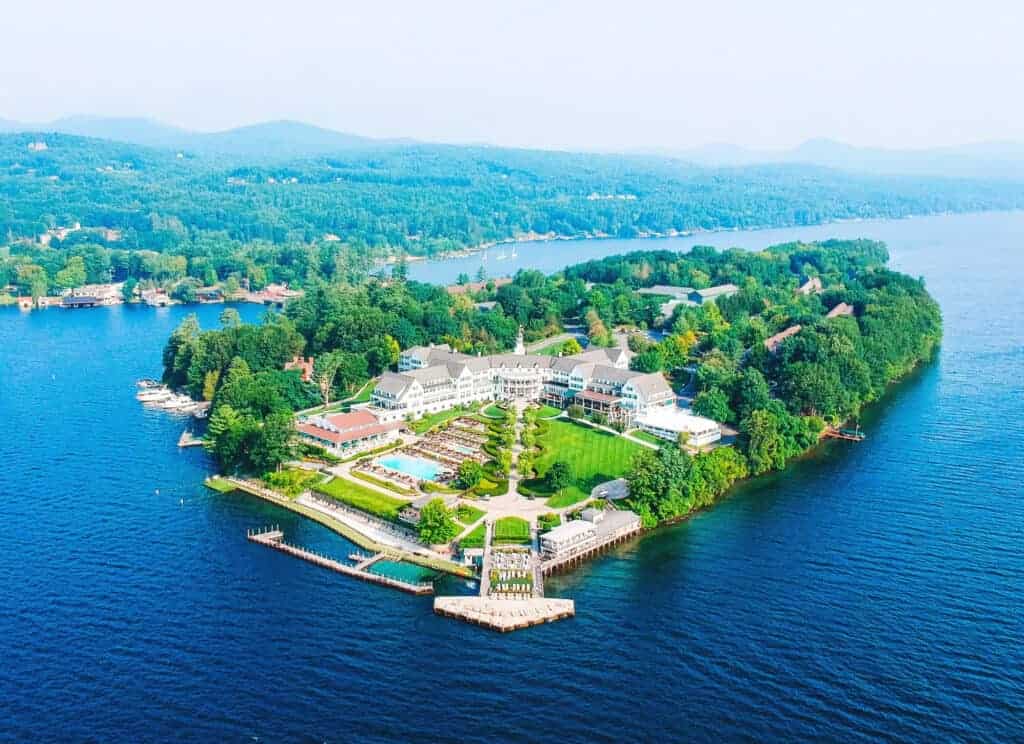 New York
New York

